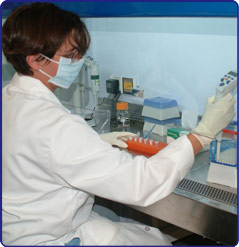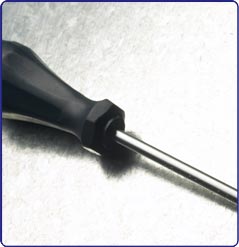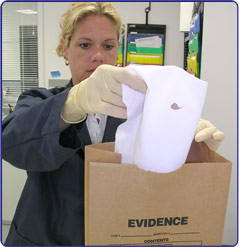The Crime

Defense attorneys, prosecutors and judges are aware that the introduction of DNA evidence in any case can add a complex scientific dimension to the trial.
In 1984, a young woman was raped and murdered. Because formal charges were never filed, the case went unsolved for many years. However, forensic DNA technologies have become more advanced over time, which prompted investigators to reopen the case.
A Summer Visit

In 1984, 16-year-old Sandy Doe decided to spend the summer at the home of her best friend, 17-year-old Lucy Johnson. Lucy had recently moved to another state.
Shortly after 11:00 PM on June 20, 1984, Sandy called her mother, Mary Doe, because she was feeling homesick. Sandy explained to her mother why she was home alone so late. Lucy's mother, Carol Johnson, was traveling for business and Lucy had gone out with her boyfriend, John Perkins, and two of John's male friends.
Mother/Daughter Phone Conversation

Mary Doe asked her daughter why she did not go out with her friends that night. Sandy explained to her mother that John and his friends liked to drink beer and smoke marijuana. She stayed home because she did not want to get herself into an awkward situation.
Sandy assured her mother that she felt safe and was comfortable being in the house alone.
Lucy Returns

Lucy and John partied until midnight with John's two friends, Joe Smith and Sam Collins. Shortly after midnight, Lucy and John left Joe and Sam to go to John's house. Lucy finally returned home at 4:30 AM.
Lucy entered her house, walked to the bedroom she shared with Sandy, and discovered Sandy's lifeless body lying on top of one of the twin beds. She was nude and uncovered. A screwdriver was protruding from Sandy's chest and there appeared to be several puncture wounds in the area surrounding her heart.

The Crime Scene
Lucy noticed that Sandy displayed no other visible injuries. She also noticed a large amount of blood on the bed near Sandy's body. Sandy's bedroom window was open and cigarette butts were located on the ground just outside that same window.
The Investigation

Investigators carefully explored the scene and collected evidence, including:
- The screwdriver found in Sandy's chest (apparent blood on the tip end and no visible stains on the handle).
- Sandy's bedding.
- Pubic hairs found on the sheets.
- Cigarette butts found outside Lucy's window.
During the autopsy, the medical examiner collected vials of blood, vaginal swabs, fingernail clippings, and pubic and head hair samples from the victim.
The Case Grows Cold

All of the collected evidence was submitted to the state crime laboratory. In 1984, however, forensic DNA testing was not used in criminal casework. Therefore, serological testing was conducted on the biological evidence recovered from the crime scene.
Serology Report - Screwdriver (PDF)
The laboratory reported that the blood type recovered from the end of the screwdriver was consistent with that of the victim. Detectives were unable to develop any significant leads and the case went cold.


